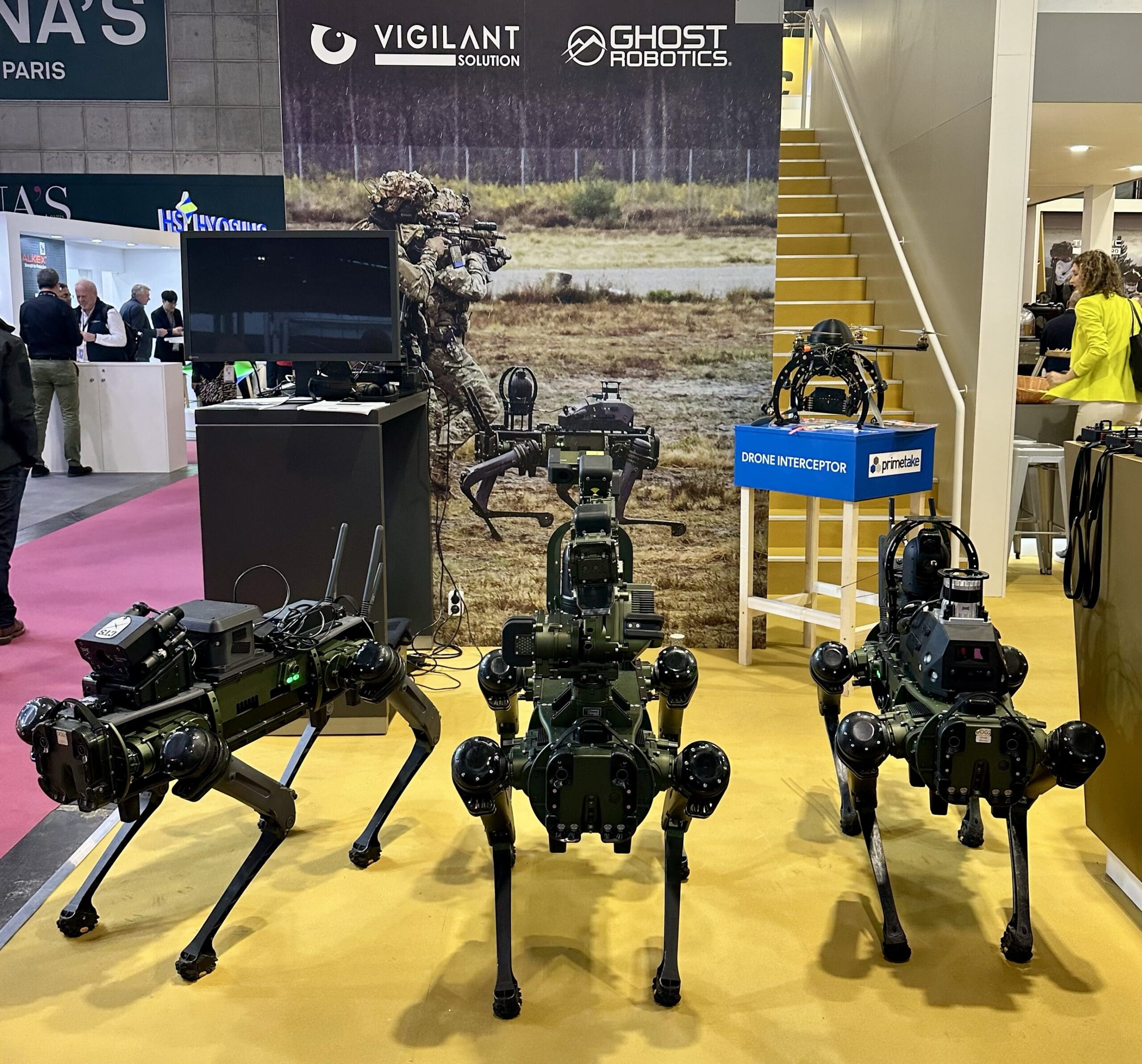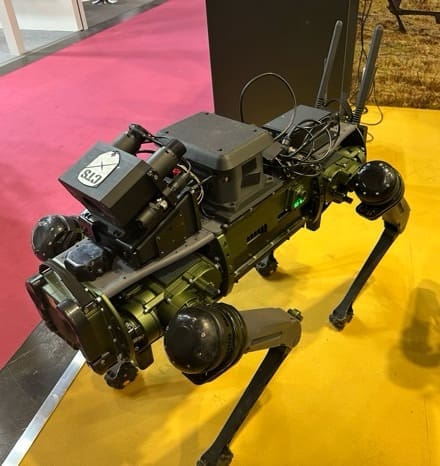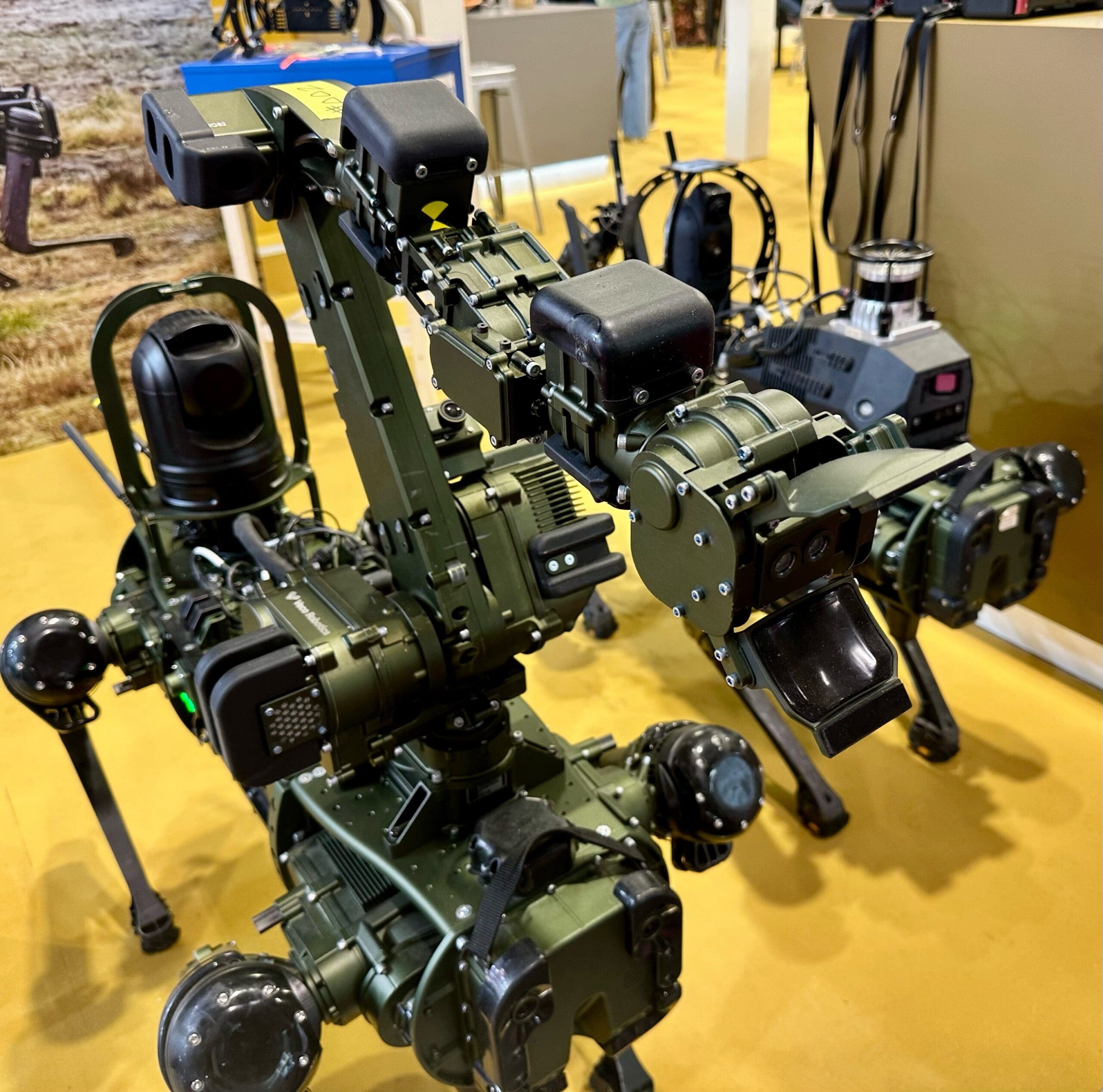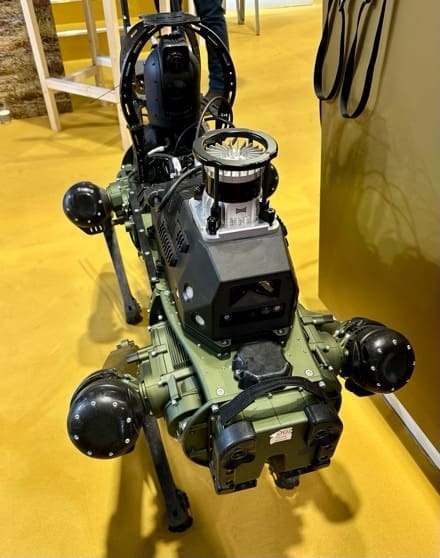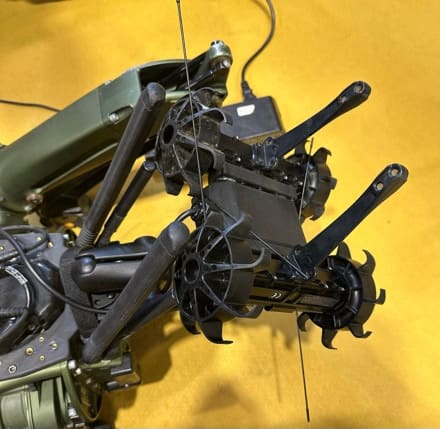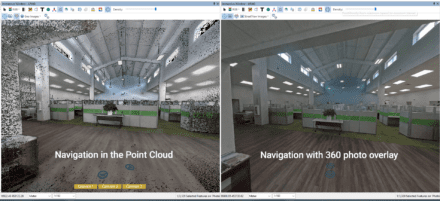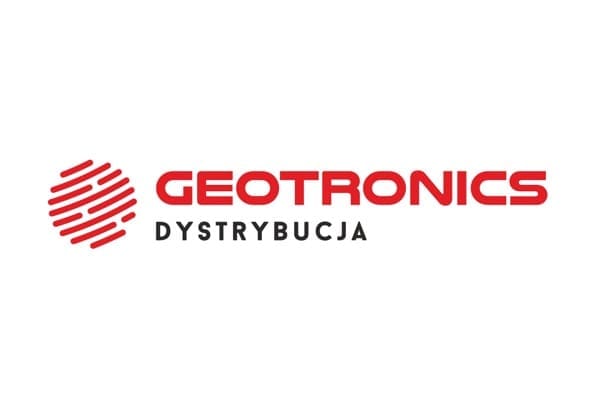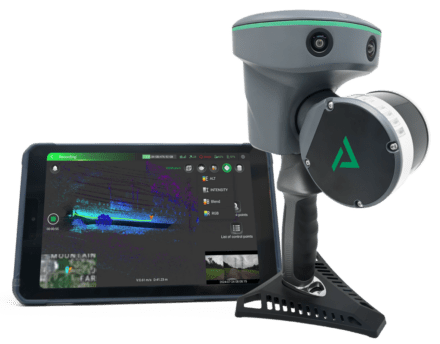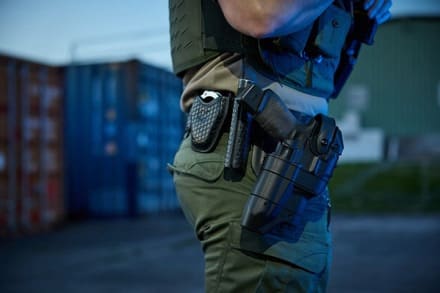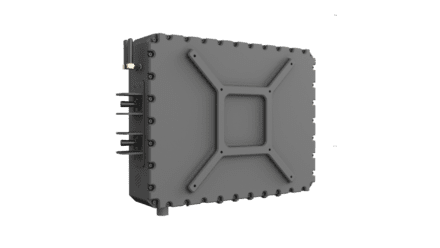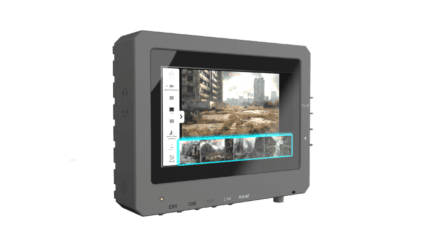Partnership demonstrates ability to transform 24/7, all-weather SAR data into high-fidelity 3D synthetic environments to support time-sensitive missions
SOUTH SAN FRANCISCO, Calif., Dec. 1, 2025 — Aechelon Technology, Inc. (“Aechelon”), the leading provider of advanced geospatial and visual simulation solutions, today announced the successful proof-of-concept integration of Vantor’s 3D operational terrain into Aechelon’s Project Orbion.

This collaboration allows Aechelon to transform ICEYE’s high-resolution space-based synthetic aperture radar (SAR) imagery into high-fidelity, physics-accurate 3D terrain visualizations. The capability will be demonstrated interactively at I/ITSEC 2025 in Orlando, Florida.
Through this partnership, Aechelon’s SkyBeam™ AI exploitation system visually fuses ICEYE’s SAR detections of changes and objects on the ground with Vantor’s highly accurate, global-scale 3D spatial foundation—which is updated continuously to reflect the operational terrain—to create a mission-ready synthetic environment. This integration unlocks 24/7, all-weather updates to Project Orbion’s living 3D environment.
“Aechelon and Vantor have sustained a decades-long partnership—we’ve been continuously integrating Vantor’s high-resolution imagery and advanced 3D data into our products and delivering them at scale across a range of defense programs,” said Nacho Sanz-Pastor, Co-Founder and Chief Executive Officer (CEO) of Aechelon Technology Inc. “This marks the first integration of Vantor’s software-enabled spatial intelligence capabilities with Project Orbion, expanding the roster of industry leaders we’ve brought together to advance next-generation geospatial intelligence.”
Vantor’s 3D spatial foundation includes 3D terrain and 3D building footprints covering over 95% of Earth’s landmass and is accurate to within 3 meters in all dimensions. It is kept continuously up to date by Vantor’s industry-leading imaging satellite constellation—which can revisit the same location on Earth up to 15 times per day—and is delivered to the SkyBeam environment via Vantor’s Tensorglobe™ spatial intelligence platform.
Project Orbion represents the industry’s first AI-enabled Digital Twin of the Earth—a continuously updated, sensor-fused 3D environment that integrates satellite imagery, radar intelligence, photogrammetry, and real-time detections into a single exploitable picture.
The proof of concept highlights Aechelon’s open AI exploitation environment capable of fusing heterogeneous geospatial sources. The system uses Aechelon’s AI algorithms to extract detailed 3D vegetation and process Vantor building footprints for 3D models. Aechelon’s dynamic moving models then correlate ICEYE SAR detections, transforming them into precise, real-time 3D representations against a fused, high-fidelity terrain backdrop.
Aechelon AI also enhances Vantor imagery and elevation data through machine learning–based environmental modeling, including real-time snow accumulation synchronized with ICEYE SAR satellite passes, further refining the visual fidelity and elevation accuracy.
Aechelon’s overall system is enabling operators to interactively visualize moving targets and new structures or others changes with high accuracy.
Together, Aechelon, Vantor, ICEYE, and Project Orbion advance Aechelon’s mission to deliver next-generation geospatial intelligence—providing U.S. and allied forces with correlated, high-fidelity, mission-ready synthetic environments. Beyond defense, the initiative supports disaster response, emergency management, and autonomous AI system training.
Built on Aechelon’s SkyBeam™ platform, Project Orbion represents the future of Aechelon’s global, continuously updated, sensor-fused geospatial ecosystem. The live demonstration at I/ITSEC 2025 will showcase the quality of the fused 3D environments.
For more details on Project Orbion’s rapid update capabilities, visit aechelon.com/solutions/project-orbion.


